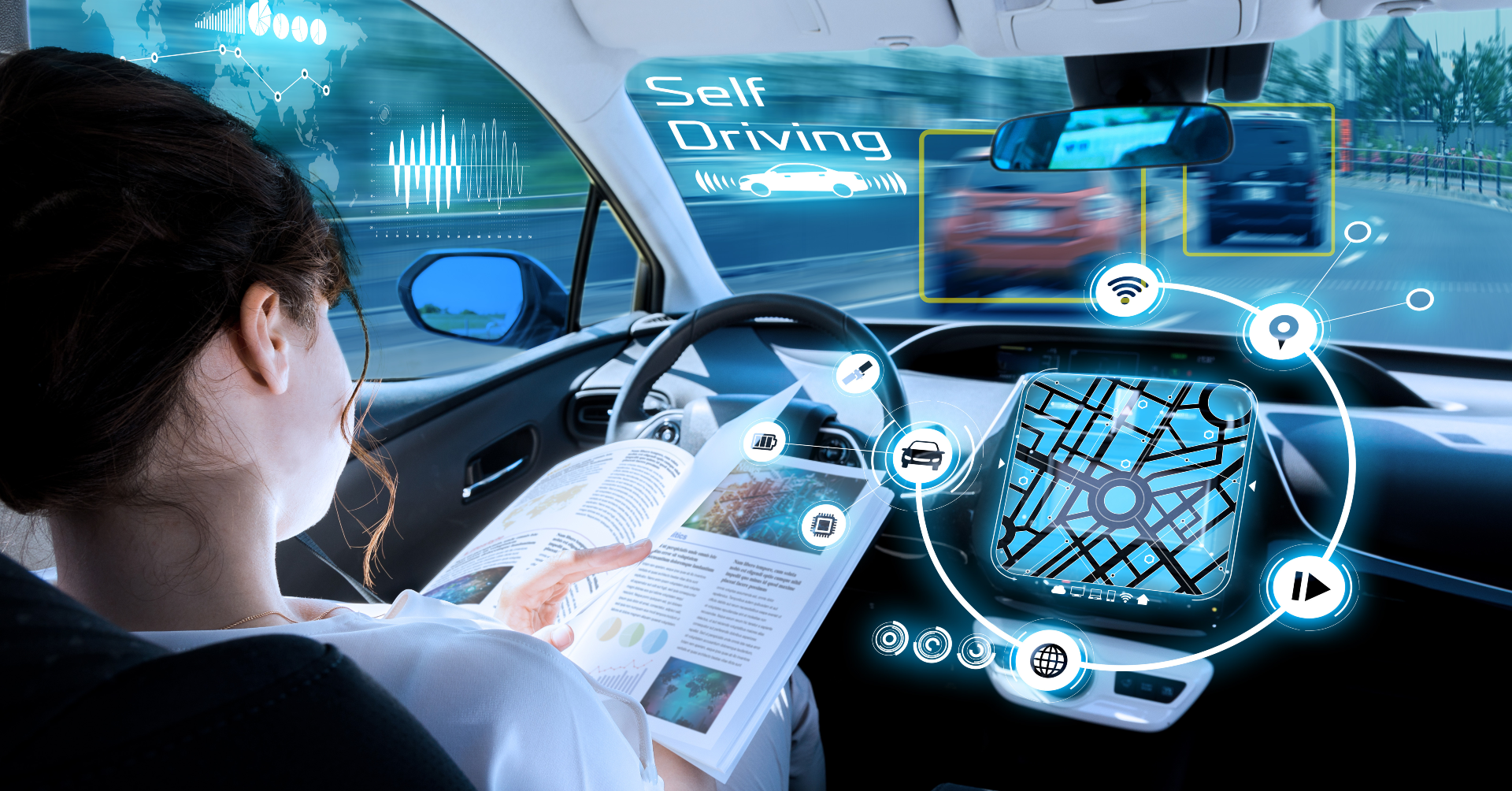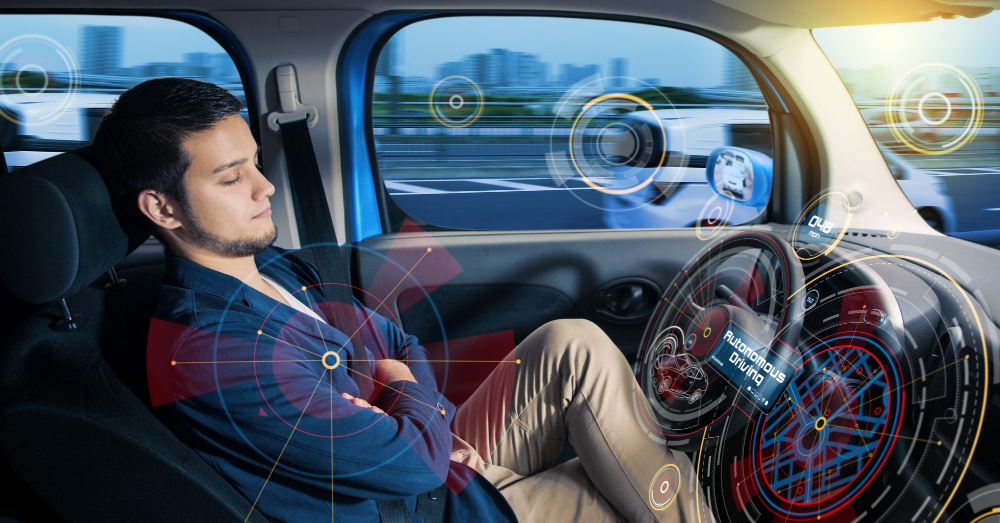
Backlash Against EPA’s EV Regulations: Here’s What’s at Stake
How are EV regulations changing the automotive landscape in America? Will we eventually see EVs from Chinese automakers invade our market?
The massive push toward EVs could completely change our automotive market. Current regulations require new car sales to reach 60% electric by 2030 and 67% by 2032. That time is only eight years away, which is a far cry from the 6% EV sales of 2022. In addition to a sales push, the EPA intends to create new rules for electric power plants. This would drive up the cost of electricity. This could be a serious problem for the future of the American automotive market.
The tax credit rules can only last so long
Each year, fewer EVs qualify for the federal EV tax credit because the rules become stricter. When this credit is no longer a factor, many drivers won’t worry about where their cars are made or the components for them. Currently, China makes 80% of the world’s electric batteries. This could quickly open the door for China to put its foot into the American market. As you might expect, many Americans are against China being part of our economy, but it might be hard to keep them out in the near future.
The EPA should back off; here’s why
If the EPA continues to push EV regulations down our proverbial throats, automakers and consumers could lose out. Here are several reasons why the EPA needs to back off.
EV charging costs will increase
As emissions regulations become stricter, more EVs will become available, and drivers won’t have many choices regarding what they drive. While stricter emissions regulations are good for our environment, this will mean more electricity is requires charging the additional electric vehicles being driven. A result of more EVs is higher electricity costs to charge these vehicles.
The used vehicle market could take a huge hit
Many consumers choose used cars over new models regularly. In fact, three-quarters of the used vehicles sold in America are previously owned models. This could change dramatically as used electric vehicles become a larger part of the automotive marketplace. People don’t want to buy used electric vehicles because they don’t know how long the batteries might last and replacing these batteries is extremely expensive.
Many adults might not be able to afford to drive
Over the more than 100 years of the automotive industry, cars went from being too expensive or most Americans to affordable. This allowed many people to explore living in rural areas instead of within city limits. Cars have become less expensive, and most homes have more than one car. Unfortunately, if EVs become too expensive, many drivers won’t be able to afford them and will need to find alternate ways to commute to work.
Recharging still takes too long and leaves much of the battery unused
Although many automakers have found ways to make charging faster, it still takes longer to charge an EV than to fill up a tank of gas. EV regulations require more drivers to choose these electric models, which means we need more charging stations and time. Additionally, fast charging locations only bring the battery to 80%, and at least a 10% charge must be present to make this happen. This leaves 30% of the battery capacity unused. You don’t have this issue with a gas-powered vehicle.
Driving range and climate concerns
Currently, EVs lose a significant portion of their driving range in cold weather. Until automakers can make EVs weather-resistant, this will continue to be a problem. Additionally, most EVs don’t provide enough useful driving range for road trips. Consider an EV with a 300-mile driving range, which means 210 miles of useful driving between recharges. In addition to this short driving distance, you’ll need to wait for 30 minutes or more for the batteries to reach 80% of the full charge. EVs aren’t ready to satisfy the needs of Americans on the go.
Recycling programs haven’t proven effective yet
Mining for the minerals required for electric vehicle batteries is detrimental to the planet. Stricter EV regulations mean mining more of these minerals without a method for recycling or replenishing them. EV batteries require lithium and cobalt, which are in limited supply. Although a zero-emissions vehicle is better for the environment than a gas-powered model, mining minerals for these batteries accelerates another environmental problem.
These are just a few of the reasons the EPA should probably back off and slow down the EV regulations instead of pushing forward in the name of lowered emissions.
This post may contain affiliate links. Meaning a commission is given should you decide to make a purchase through these links, at no cost to you. All products shown are researched and tested to give an accurate review for you.



